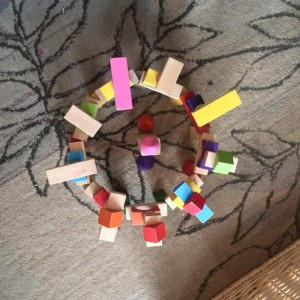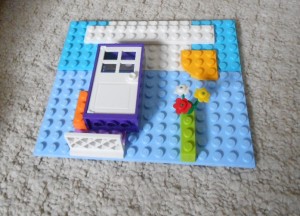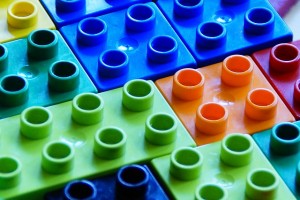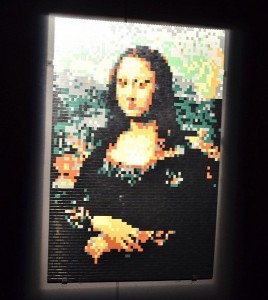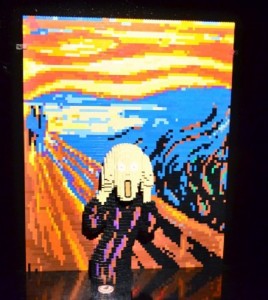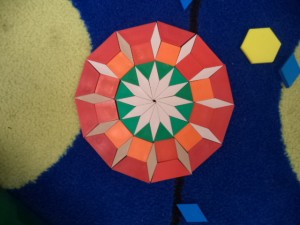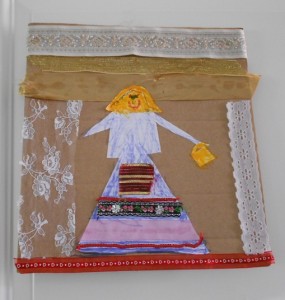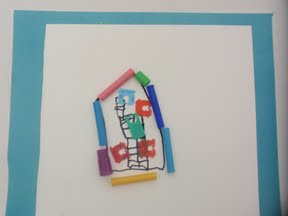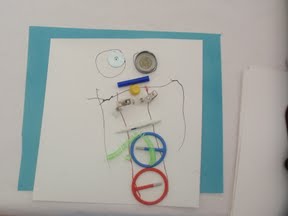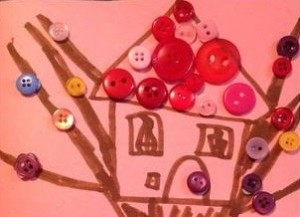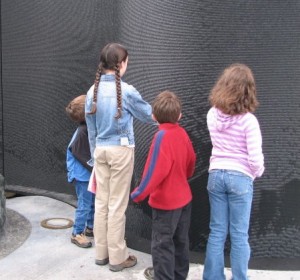How Safe Are Your Walls? Kids are Natural Artists!
Kids do not need to be able to draw in order to create art; children are natural artists and make art as soon as they can hold a crayon or marker. Sometime between the age of one and two, children discover that they can make marks with chalk, crayons, markers, and pens. While most of the time, they make marks on paper, some of them will also color on walls. Paper or wall, these creations are art.
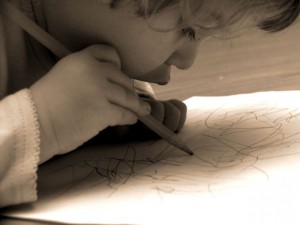
Adults do not view this scribbling as works of art, but lines are one of the basic elements of art. Children first have to discover how to use their shoulders, arms, hands, wrists, and fingers to make lines or scribbles.
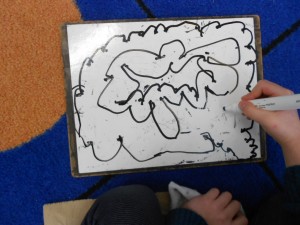
As the muscles and brain develop, the scribbling changes from random to more controlled. There are curved lines, swirls, loops, and more. This reflects increased coordination and growth of thinking skills.
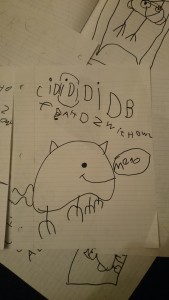
Soon children are capable of making patterns and images with their lines. This is challenging enough to be art work and it certainly is art play.
As parents and caregivers, we do not need to be good at drawing to support children’s art play. We can easily encourage kids by giving them a space for creating and tools, like crayons, markers, brushes, and paints. Save papers that are only used on one side and let kids have the other side. Cereal and cardboard boxes are great alternatives to paper. It is also very helpful for kids to know that it’s okay if messes happen and to provide them with some rags and bags for cleaning up.
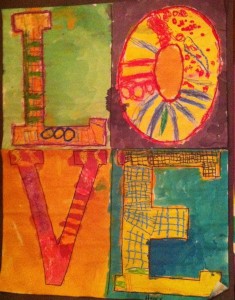 Art projects do not need to be complicated. The lines and colors inside these letters are bright and beautiful and they are very simple. This project was done over a few days and shared by mom Diana at Somewhere In Dreamland.
Art projects do not need to be complicated. The lines and colors inside these letters are bright and beautiful and they are very simple. This project was done over a few days and shared by mom Diana at Somewhere In Dreamland.
In the words of Pablo Picasso, “All children are artists. The problem is how to remain an artist once you grow up.” How do you encourage art play for your child?

